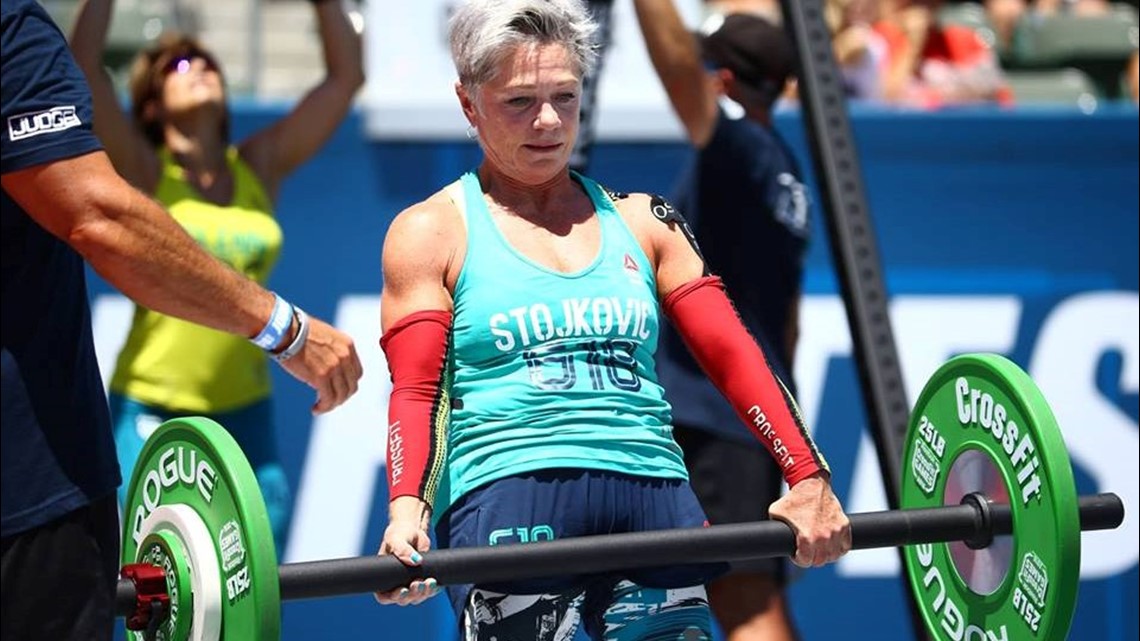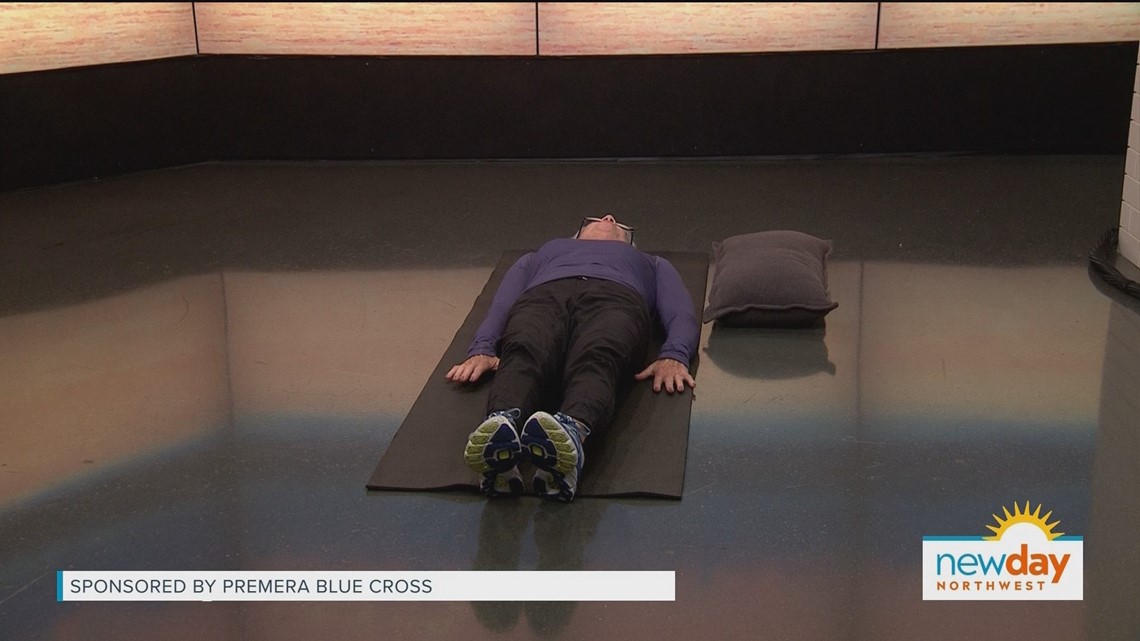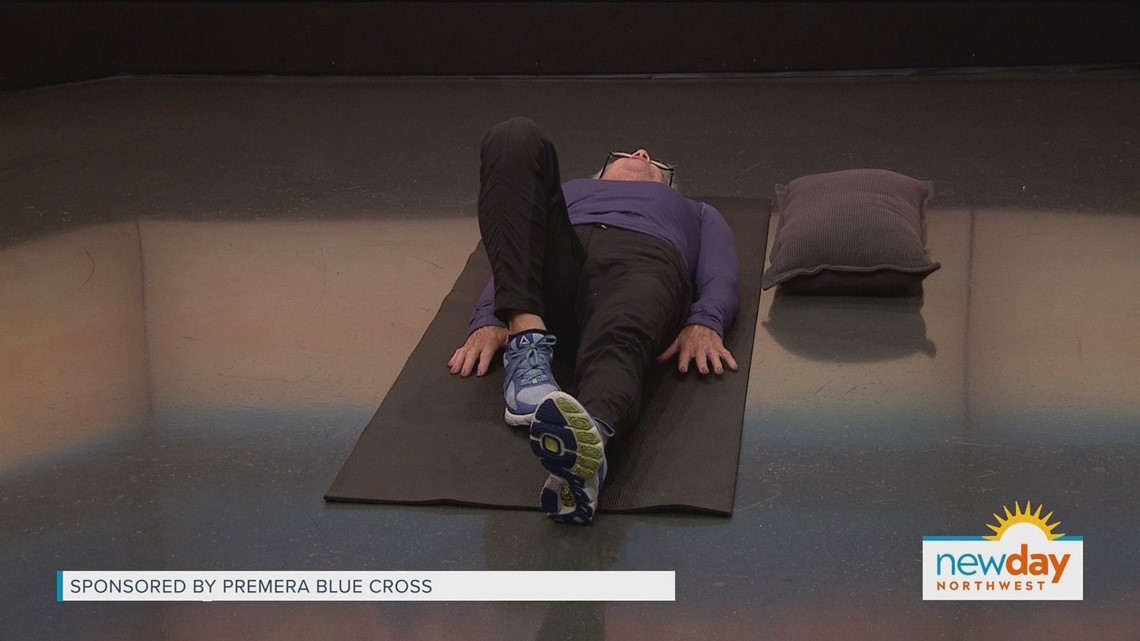SEATTLE — With age comes the possibility of having to replace a hip or a knee with surgery. Exercise and movement is a critical part of the preparation and recovery of major surgery as CrossFit athlete Katherine Stojkovic discovered.
"Two and half years ago, I started going to my primary care doctor about pain in my knee and they said, 'You know, you just need some physical therapy'," said Stojkovic. "I used to run a bit in my 30s and 40s so, you know a genetic issue, a bit of overuse."


She had been working with a physical therapist for 8 months about knee pain. When she also started to feel pain in her hip, she knew something else was wrong. Walking, tying her shoes, and getting a good night's sleep became more difficult with the pain she was experiencing.
After talking with her Primary Care Physician and physical therapist, Stojkovic went in for an x-ray. The results showed that there was no cartilage in her hip and she was a candidate for a hip replacement surgery. "First of all, if you have a provider that's trying to put you off [surgery] for any reason, it's a quality of life issue," she said, "When he understood what I wanted to do, not necessarily CrossFit, I just need to be active, it was amazing."
Post-surgery, Stojkovic did several exercises, recommended by her physical therapist, to strengthen the area around her hip, "I would do these every time I walked through my bedroom, five times a day," said Stojkovic.
Recovery Exercises for Hip Surgery


1. Lay on your back and squeeze your glutes until your glutes are raised off the ground. Hold this pose for five seconds, then relax. Repeat 5 times.


2. Lay on your back. While keeping your leg straight, move it out to the side as far as you can without pain. Bring it back in. The leg that is extended is on the same side as the hip that is causing pain.


3. While still lying on your back, bend your knee and bring your feet in towards your glutes. Do not overextend, and go as far as you can that does not cause you pain. Return your leg back to the ground. Repeat.


4. The last move is easiest to do when holding on to a couch or chair. This is a simple squat and you should be able to feel your hip working as you go into a seated position.
By doing these simple exercises post-surgery, Stojkovic was able to have a smoother and stronger recovery.
If you are unsure of whether you will need a hip or knee replacement, speak with your Primary Care Physician.
"If you have a good relationship with a primary care doctor, that's where you start," said Stojkovic. "They know you. If you don't have that relationship, find somebody that you have that relationship with because they will listen to you and go, 'I agree, something's wrong.'"
Your health plan may have resources to help you talk to your doctor about your treatment options and make informed decisions about your care. Learn more at Premera.
More with Katherine: These CrossFit movements for people over 65 improve mobility and will help you stay active
Sponsored by Premera Blue Cross. Watch New Day Northwest 11 AM weekdays on KING 5, and streaming live on KING5.com. Connect with New Day via Facebook, Twitter, Instagram.

